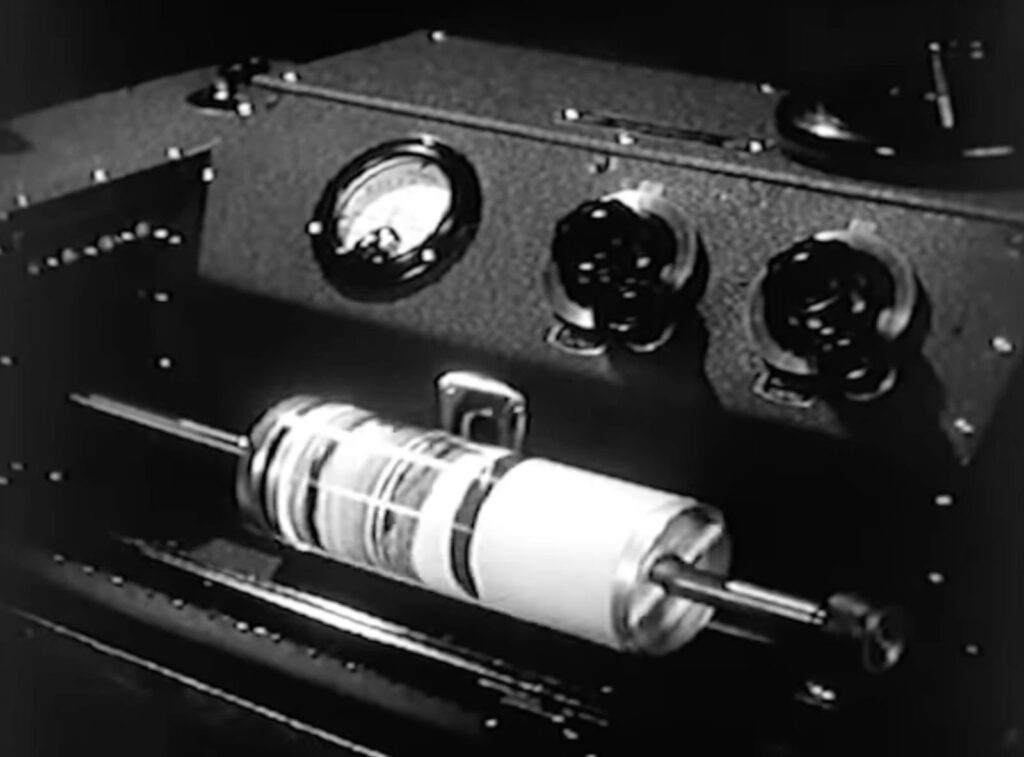
Before the internet shrank the world into a web of instant communication, before smartphones placed high-resolution cameras and global networks in our pockets, there was an era when sharing a photograph across the country seemed like pure wizardry. But in the 1930s, newsrooms defied the impossible, transmitting images not through couriers or planes but through wires. Yes – ordinary telephone lines.
It wasn’t science fiction; it was wirephoto technology, a jaw-dropping innovation that turned electrical impulses into photographs, transforming how the world saw itself and its history.
The Secret Weapon of 1930s Journalism
Picture this: the year is 1935. A major breaking news story erupts, and newspapers rush not only to report but to show the world what’s happening. A bulky contraption known as the Belinograph, resembling something out of a mad scientist’s lab, scans a photograph. The image is sliced into thousands of lines and converted into a stream of electrical signals.
Through copper wires, these signals race across miles to another Belinograph at the receiving end. There, like a ghost reassembling itself, the image reappears – etched line by line on photographic paper. Within hours, what would have taken days to deliver by train or airplane appears in print for the world to see.
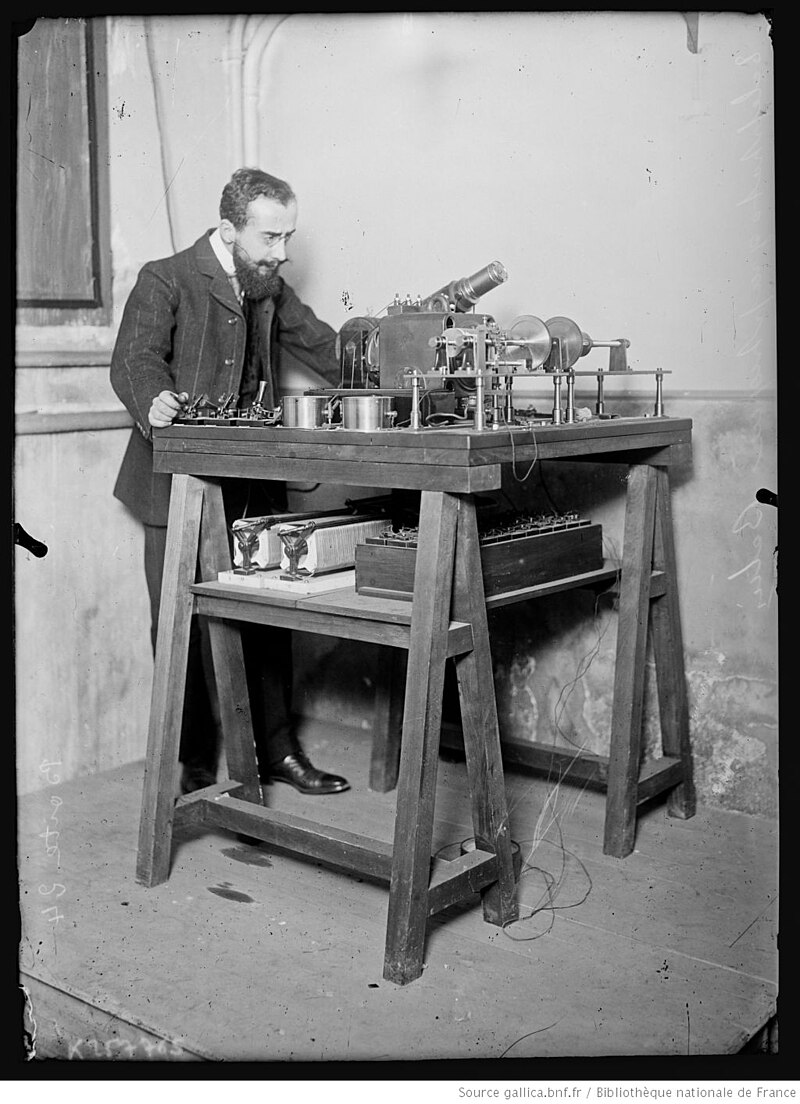
Wirephoto’s First Triumph: A Picture Worth a Thousand Wires
The Associated Press (AP) made history on January 1, 1935, with the first-ever public wirephoto transmission. The image? A modest but monumental photograph of a plane crash in upstate New York. Readers across America held newspapers featuring an image transmitted over hundreds of miles. The reaction was electric-literally.
Suddenly, newspapers weren’t just words on paper; they were windows into unfolding events. A world previously dominated by static headlines came alive with imagery that shocked, moved, and captivated audiences like never before.
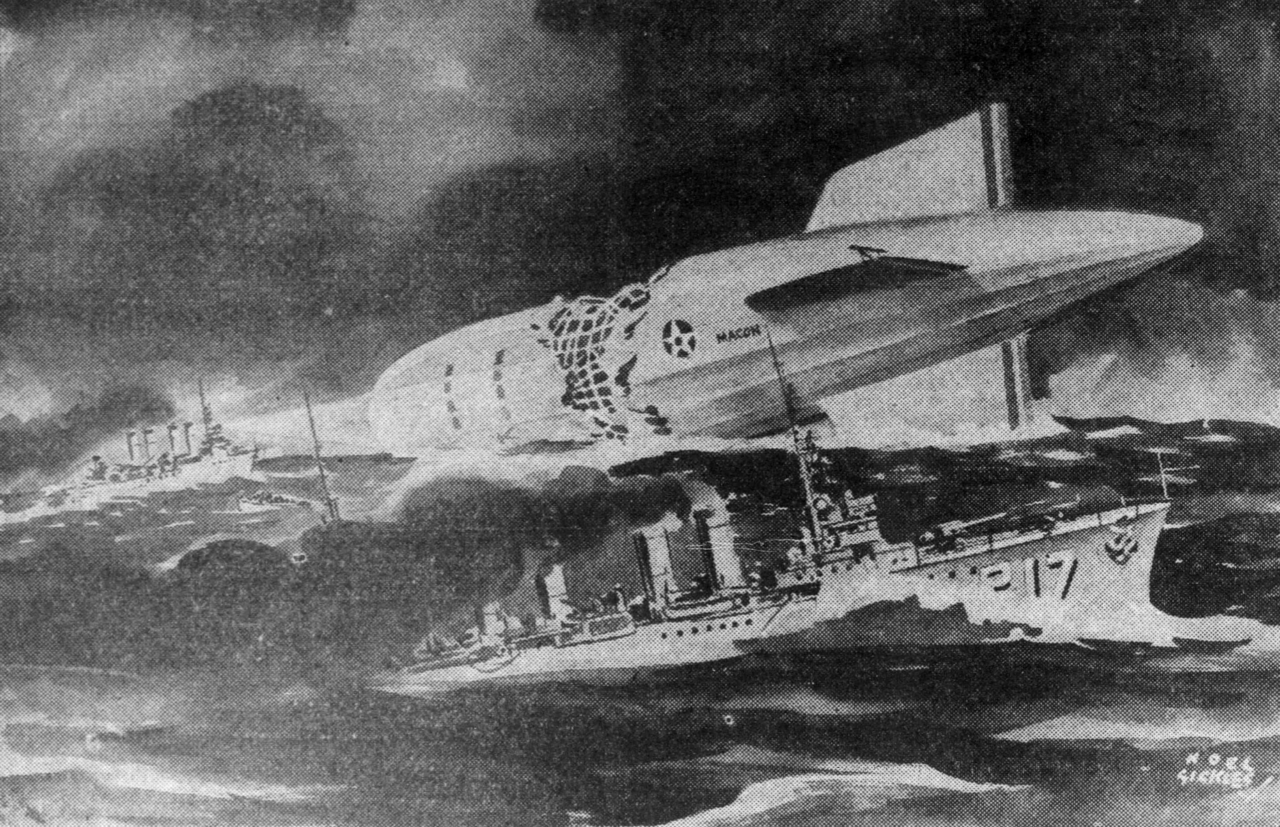
How Did It Even Work?
The process was as wild as it sounds.
- Step One: The original photo was wrapped around a rotating drum.
- Step Two: A light beam scanned the image line by line, measuring its brightness at every tiny point.
- Step Three: These measurements were converted into electric signals and sent over telegraph or telephone lines.
- Step Four: On the other end, another machine received the signals, controlled its own light beam, and reproduced the image line by line onto photographic paper.
It was slow, grainy, and absolutely revolutionary.

So, Why It Mattered?
Wirephoto technology didn’t just speed up news-it redefined journalism. For the first time, readers could see the devastation of a disaster, the tension of a trial, or the triumph of a sporting event on the very same day it happened. It bridged continents, connected people, and proved that news was no longer bound by the limitations of geography or time.
Wirephoto paved the way for the 24/7 visual storytelling culture we live in today, where images travel not through wires but through the air at the speed of light.
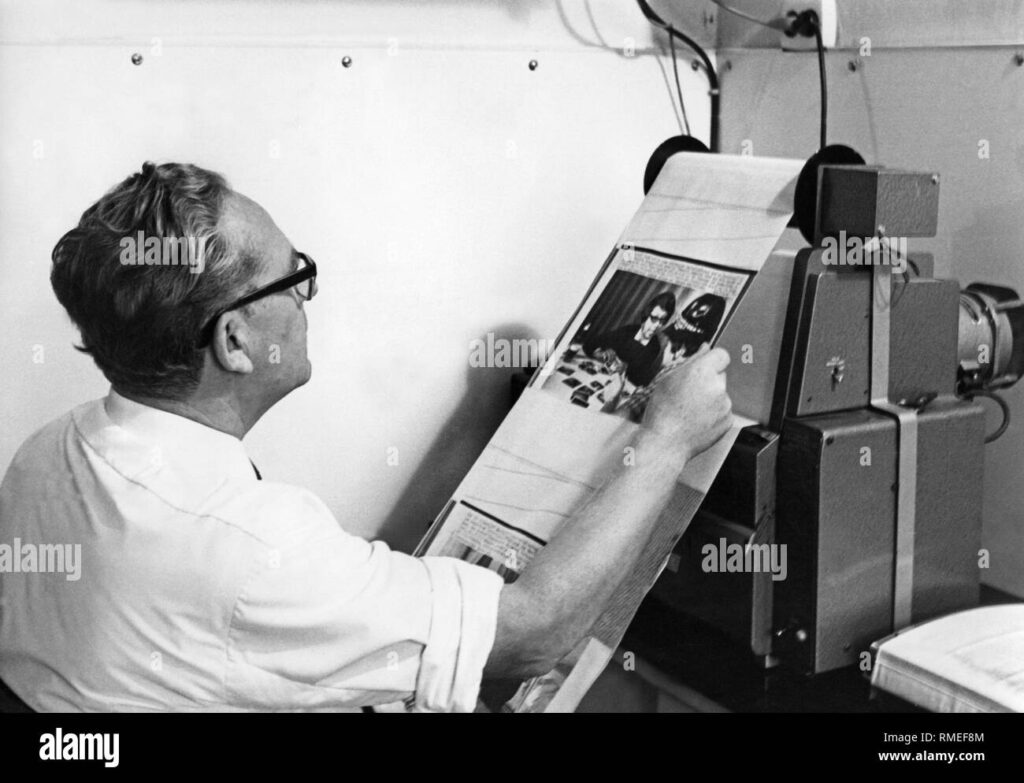
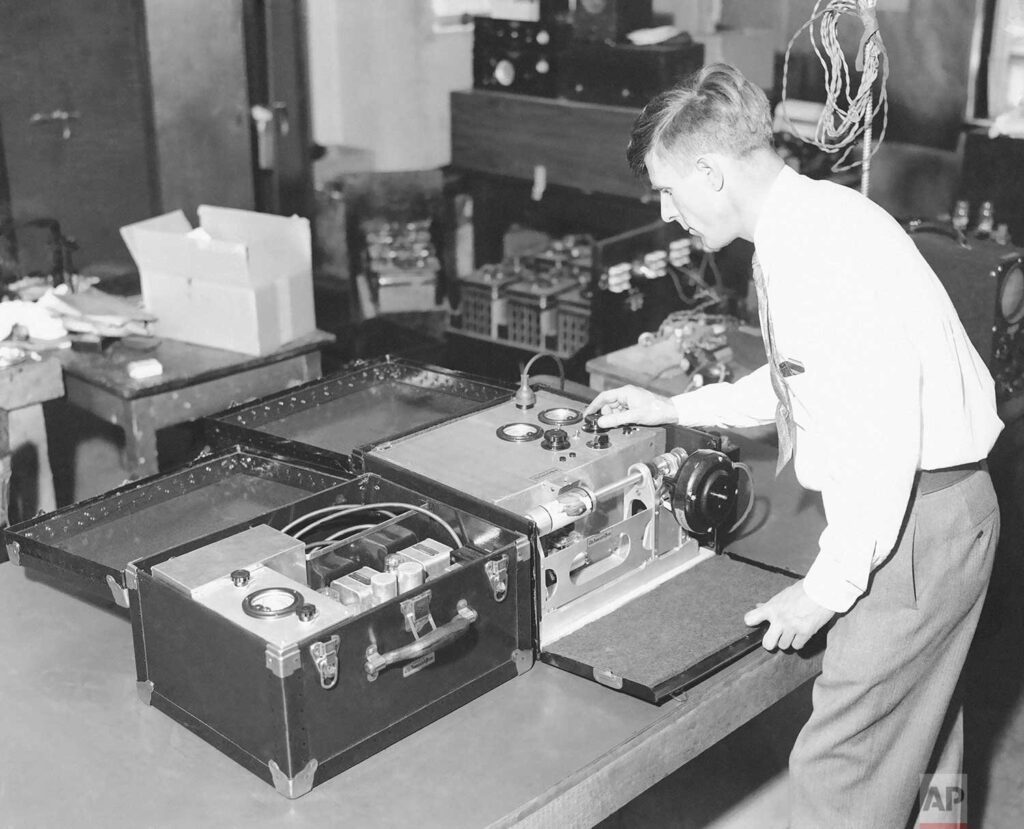
Forgotten but Not Gone
The world of wirephoto machines may now seem like an ancient relic, but its legacy is undeniable. Without this quirky, clunky innovation, there would be no live streams, no Instagram, and no instant viral moments. Wirephoto was the spark that lit the fire of visual journalism-and it deserves its place in the annals of technological triumphs.

You might have missed many other fascinating pieces of information, follow Maybemiss.com to stay updated on things that may be old but feel incredibly new!

















Discussion about this post